College athletics has become a rapidly changing playing field in recent years, with schools shifting far across regional boundaries in the goal of increasing viewership, and ultimately profit.
With the recent mass exodus of universities from the Pac-12 Conference, such as Oregon, USC, UCLA, and Washington among others, fans and athletes alike are left wondering what’s next for traditional rivalries and universities left on the outside of the cash bubble looking in.
Colleges and universities have been bouncing between conferences for over a century, with the Pac-12 forming from the ashes of another collapsed conference, the Pacific Coast Conference, in the 1950s.
However, on Aug 2, 2024, 10 schools from the Pac-12 will depart from the conference they have called home for the past 10 to 100 years. USC, UCLA, Oregon, and Washington will join the Big-10 Conference, Arizona, Arizona State, Colorado, and Utah will join the Big-12, and Stanford and California will join the ACC.
Colin Larson, a six-year senior from Easthampton who is committed to play Division 1 baseball at Boston College, had some reservations about the new extended travel times in his future athletic conference.
“At first seeing schools like Cal and Stanford seems like it would really cool to travel to those places, but it’s a lot to ask of the athletes,” he said. “How are they supposed to perform at their highest level after traveling several hours to a different time zone?”
Colin is also worried about new budget restrictions relating to travel.
“It will be tough on schools’ athletic budgets for a sport like baseball that usually doesn’t make the school much money,” he said. Colin also believes that ultimately smaller colleges and universities’ budgets will be stretched thin, eventually resulting in baseball teams being cut, which “would be an obvious negative.”
Ben Farmer, the Head Basketball coach at Williston and a former Division One basketball player at Marist College, feels as though the longer trip times may limit academic success among basketball players.
“I am definitely concerned about these kids keeping up with their academics with all of the travel. I hope these programs have academic supports in place so they can hold study halls, academic meetings, Zoom’s with professors while they’re on the road and can’t be in class,” he said. “It will certainly be an adjustment for basketball players in particular because they play so many games and might be off campus for a week at a time, which is crazy to think.”
Many large universities have academic support options specifically for student athletes. The University of Oklahoma offers sports psychologists exclusively for their athletes, as well as a “Path to Graduation,” which helps students maximize their limited time on campus and work towards graduating on time. The University of Kansas has tutors specifically for student athletes that focus their time on specific study strategies aimed to assist athletes on the road.
Mark Conroy, Williston’s longtime Athletic Director, raised concerns relating to scheduling around schools in disparate geographical areas, including “traveling to games that will require a 1–3-day commitment depending on the sport – academic challenges for student-athletes, costs to universities, changing time zones and this adjustment, a lack of a natural regional rivalry with a long history…. Stanford vs Clemson?”
Conroy is right, the new power conferences that span the entirety of the nation are anything but regional. USC and Rutgers, two schools that are soon to be in-division rivals, are 2,797 miles apart. Stanford and Boston College, two more future conference rivals, are more than 3,000 miles apart.
Ultimately, the membership decisions are based on money. According to Barrett Sallee of CBS Sports, the Pac-12 had a media rights deal on the table with Apple TV that would be worth $23 million per school each year, with chances to get up to $31.7 million and even $50 million dollars.
However, Oregon and Washington saw the writing on the wall and left for the Big-10 for $30 million annually through the 2029-30 season, before they will be eligible for a full share of the revenue, which will approach $60 million per year. As it turns out, the increases in revenue for the Pac-12’s media deal were reliant on unrealistic subscriber goals for Apple TV, and thus, were nothing more than fool’s gold.
According to an August 1, 2023 tweet by Mohammad Usman Aijaz, the Pac-12 would need to acquire roughly 32.6 million subscribers, about 10% of the United States population, to match the rival Big-12’s media deal. Apple TV currently has about that many subscribers, meaning every single person already subscribed would need to pay another $20 per month, an unlikely ask.



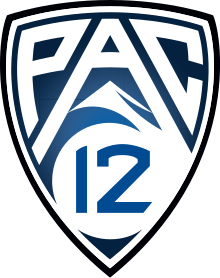


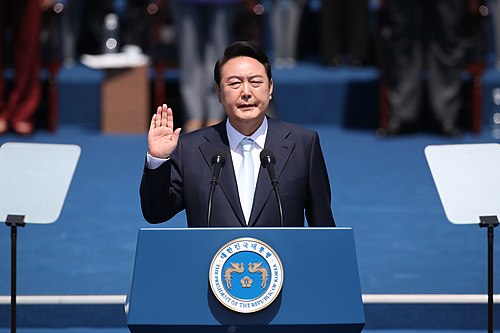



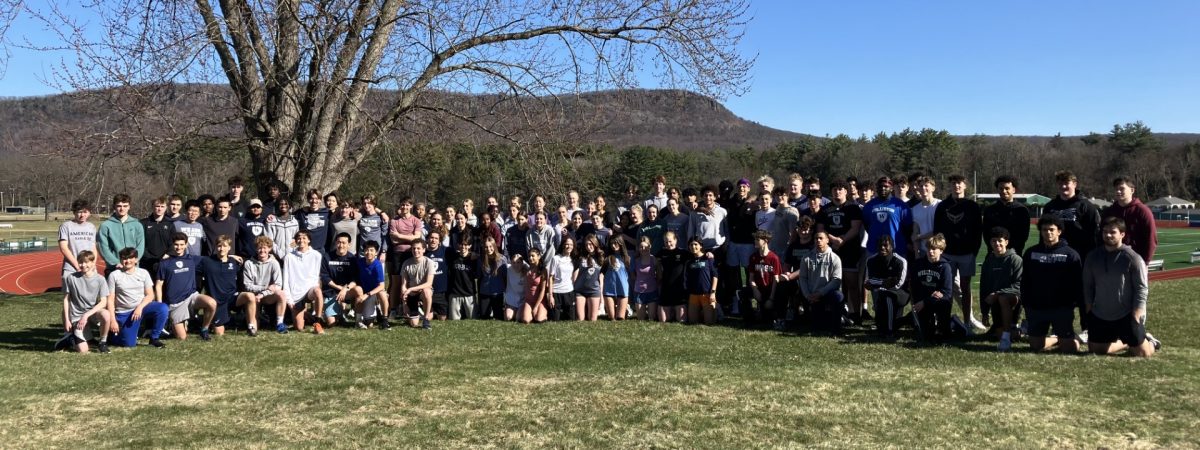
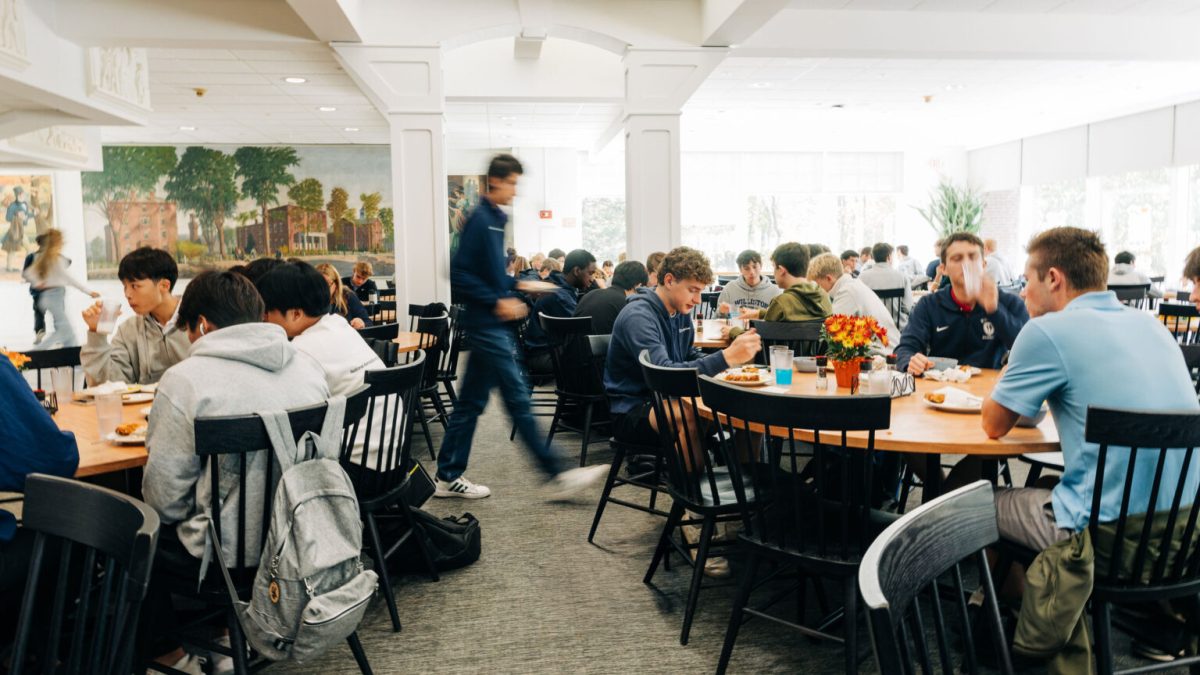
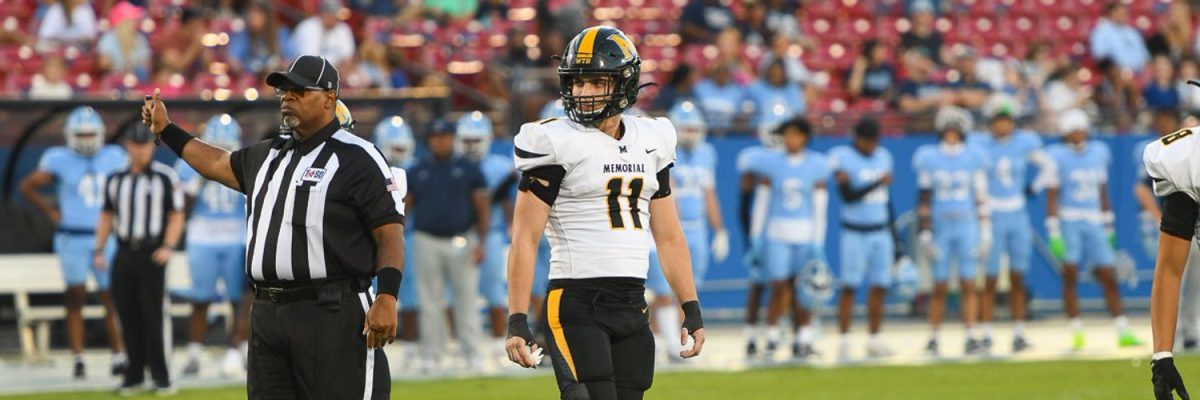


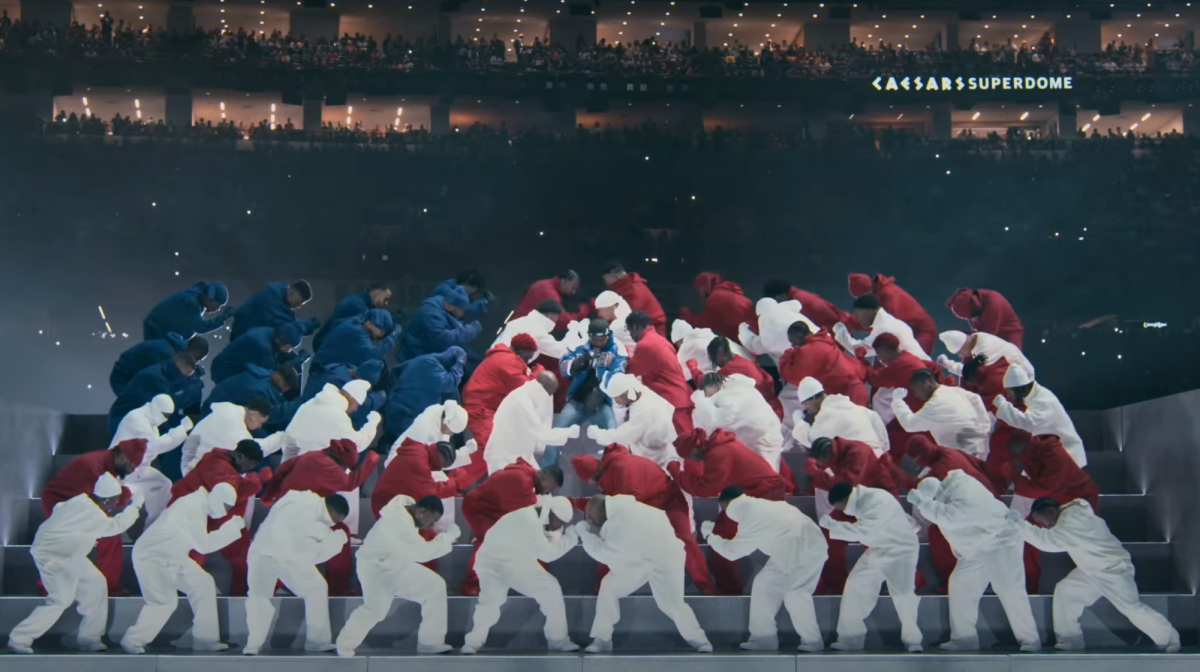
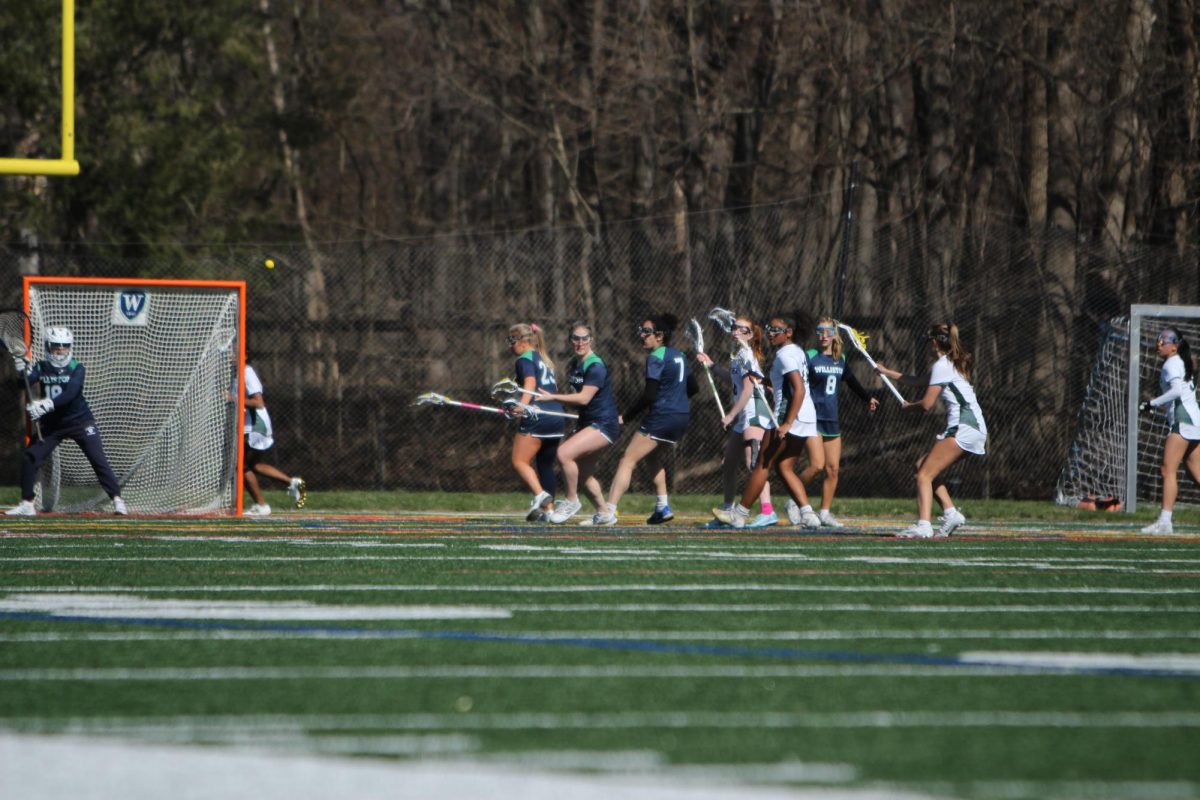

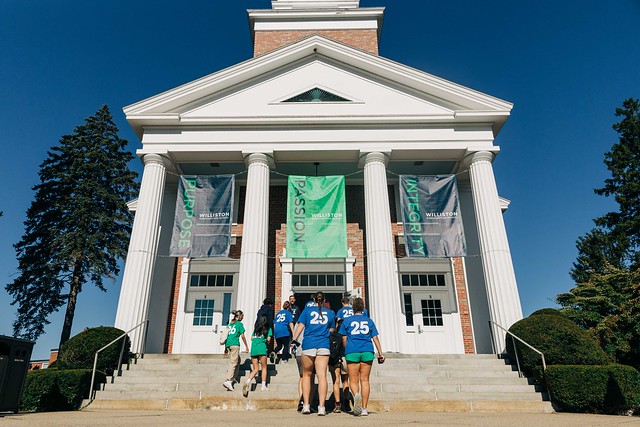

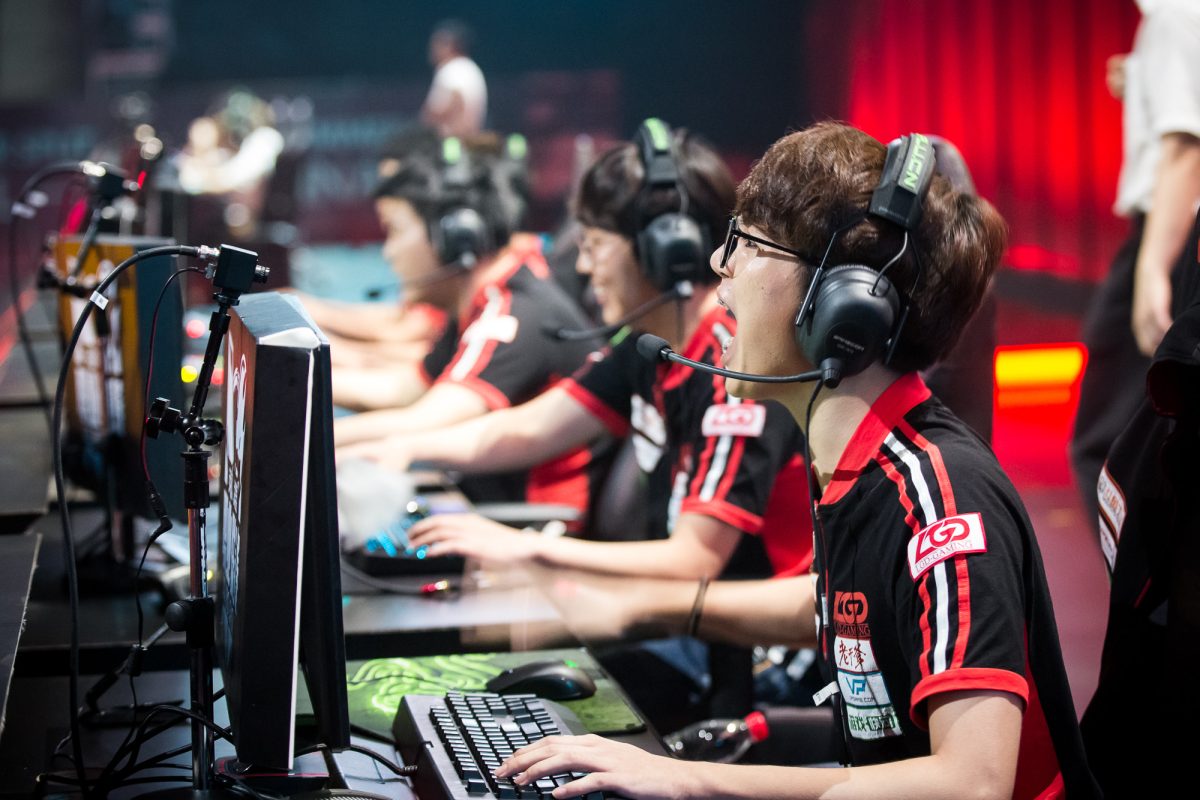
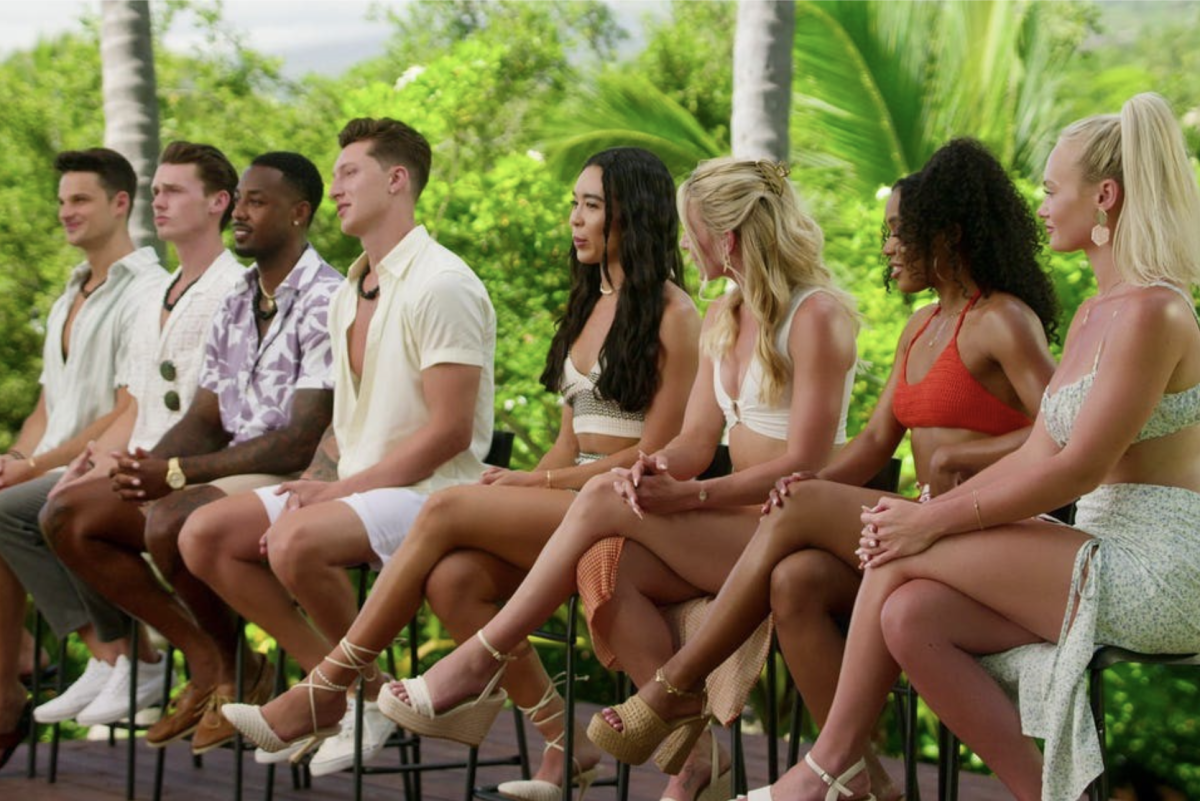
Jackson Estes • Sep 21, 2023 at 12:03 PM
Great job calvin!!!!!